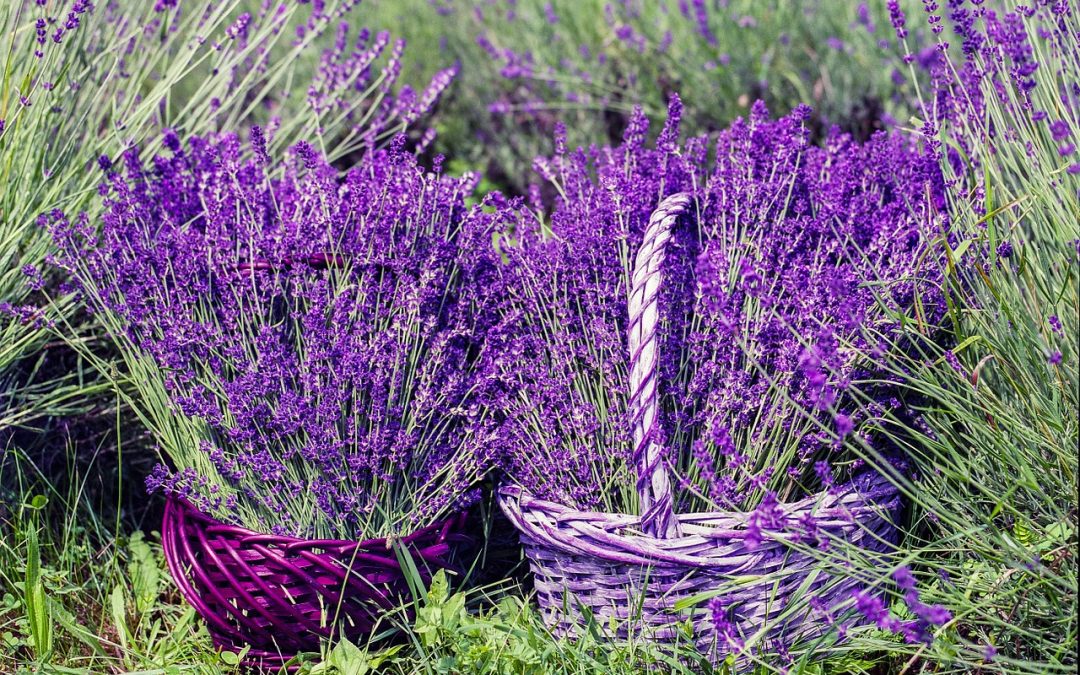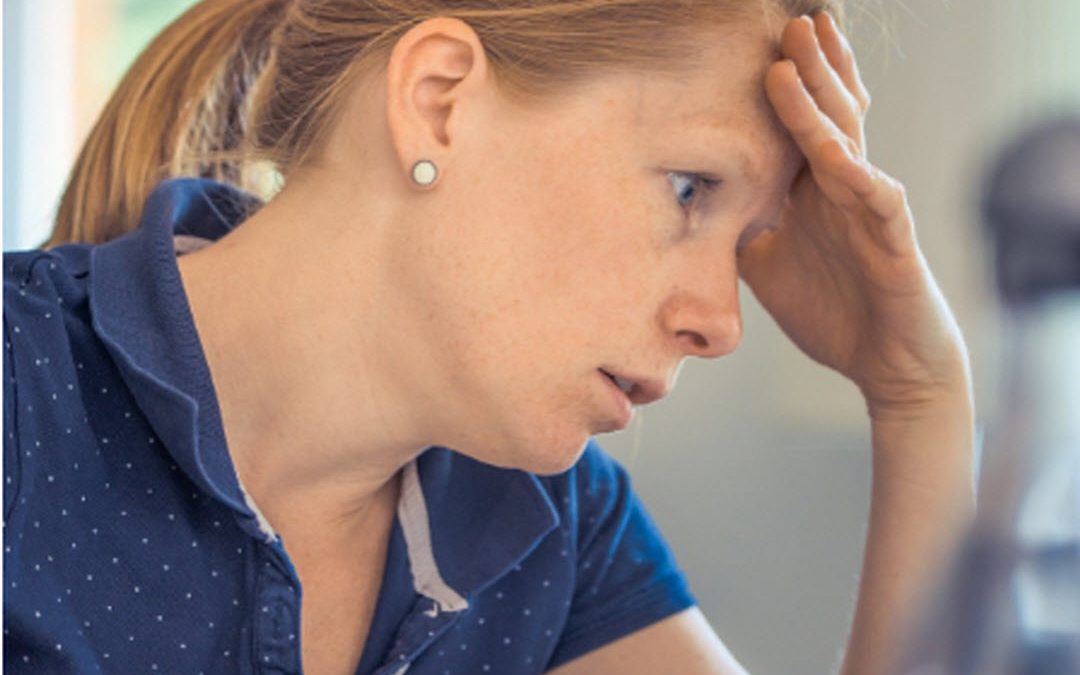
The Lavender Personality
The gardens are coming alive with flowers and herbs – at least here on the West Coast. And Lavenders, which usually wait until June to burst forth, are starting to show their colours now. Much is written about Lavender as a herb, flower and essential oil. In Aroma Genera, the therapy created by British aromatherapist Valerie Ann Worwood, we look at Lavender as a personality.
Lavender essential oil is considered the most useful oil in our aromatherapy kits, as it has a multitude of uses. It is considered a very safe oil to use, which also adds to its popularity. In Aroma Genera, we see the Lavender Personality as one of perfect balance between the masculine and feminine traits that everyone has. It is mothering in its nature, yet can be brave and bold when required.
The characteristics of the Lavender Personality are many and include:
Harmonious, Calming, Healing, Caring, Compassionate, Embracing
This is the personality who bravely overcomes obstacles, is generous with their time and energy to help others and seems to have unlimited energy. The Lavender Personality loves plants, animals and the earth; it is Mother Nature personified! There is an inbred correctness and spirituality to their nature, which often leads them to working in the helping professions or fighting for the rights of the less fortunate in their communities. Easing the plight of others is a way for them to express their mothering natures.
If the Lavender Personality is in a negative state, they become highly strung, wound up and absorb energies off others without releasing them. They tend to suffer in silence, as they believe they must always be the ones caring for others. When in a prolonged negative state, this Personality is prone to the inability to rest or relax, sleeping disorders, unexplained headaches and migraines, and general body aches and pains. Once they find their balance again and are in a positive state, the symptoms/conditions go away.
There are many ways to use Lavender essential oil to help with health and healing. Some of the qualities and conditions it helps with are listed below; many more conditions are listed in the Aroma Genera resource books. Generally speaking, Lavender essential oil is used in inhalation methods to help with emotional and mental issues, while topical applications are helpful for body pains and issues. One can always combine both an inhalation and topical method of use, if that provides more relief.
Lavender can be used to enhance feeling: positive, secure, balanced, compassionate, clarity, inner peace, comforted, relaxed and alert.
Lavender can be used to dispel: anxiety, irritability, stress, tension, mental exhaustion, insecurity, lost inner child, addiction, conflict, depression, worry, burnout.
If you do not have access to the essential oil, consider having Lavender plants in your garden or in patio containers. Each time you brush up against the flowers and leaves, remember to deeply inhale the aroma. If possible, cut some flowers to bring indoors levitra genérico sin receta. In time, these will dry and provide you with subtle aromatherapy for months to come.
Remember: Nature’s pharmacy is just a sniff away.





Recent Comments